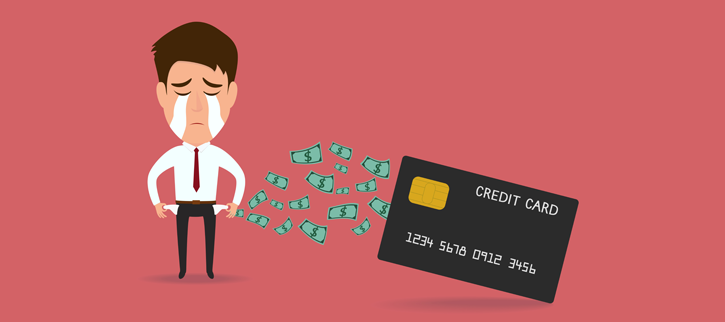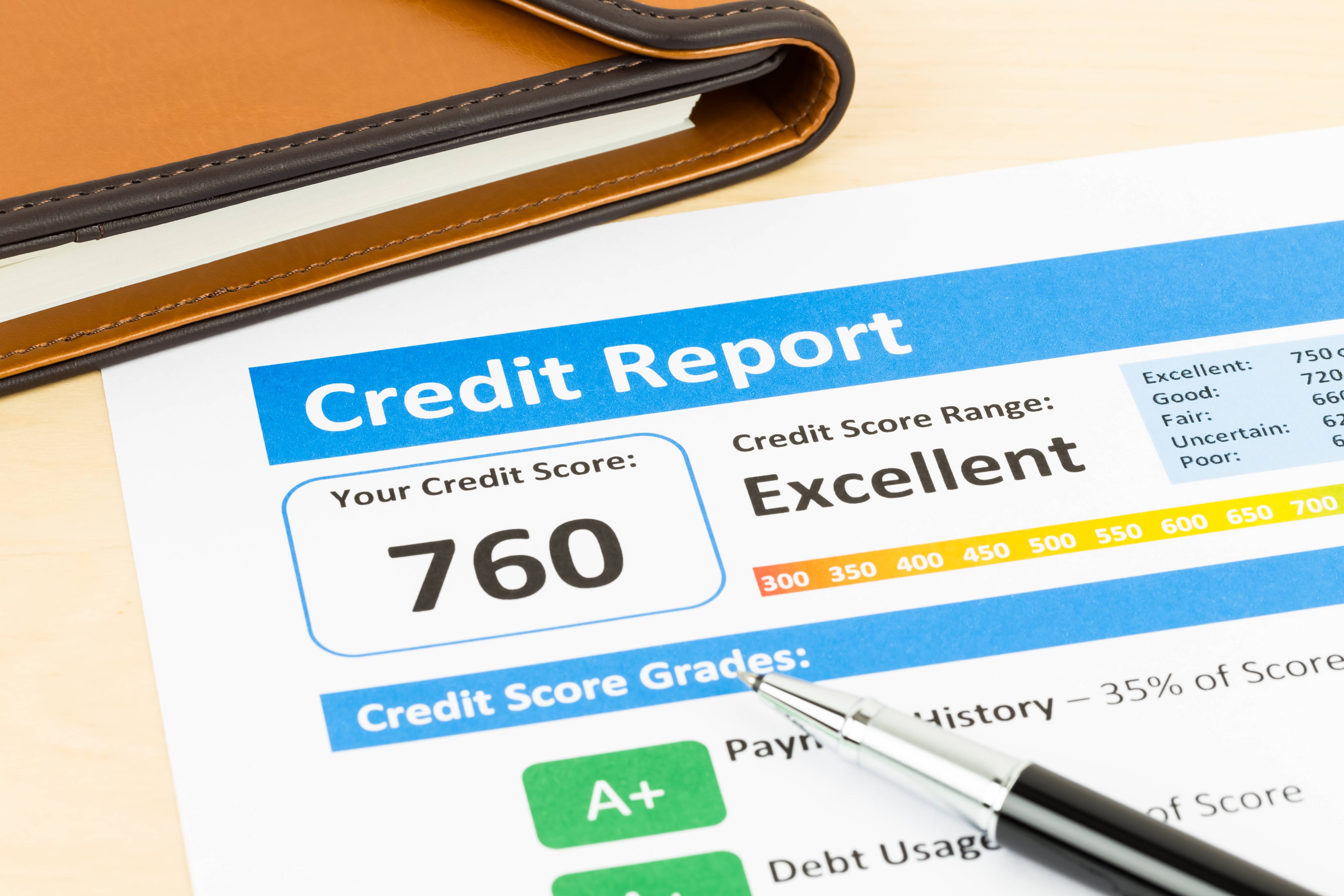
FICO scores can be used to determine a person's credit score. Creditors use them to assess income and existing debt. A good score gives a person more choices and access to lower interest rates. Your credit score could also be used by utility companies and landlords. If your credit score is not good, you might need to raise it to be eligible for a loan or a new card.
Payment history
Credit score is influenced by your payment history. It records when and how much you have paid off a debt. As time passes, any negative entries from your past will fade. Trended data for the last 24 months is also included in the latest FICO model. This can be helpful to lenders when determining if you are likely to repay your debt fully.
Your payment history gives lenders a snapshot on your repayment behavior. A missed payment or sending one back to collections can seriously damage your credit score. This is because lenders will view you as a high -risk borrower if payments aren't made on time.
Accounts owed
Your credit score is directly affected by the number and type of accounts you own. This category is responsible for about 30% of your overall score. It is directly affected when you open new credit cards accounts. It also includes the types of accounts you have and their balances. The higher the risk of you being overextended, the more accounts you have.

Your debt can be paid off to improve credit scores. Credit scoring models evaluate many factors that contribute to a person’s credit score. A major factor in determining credit score is how much debt you have. A high amount of debt does not automatically make you a higher risk. However it can make it more difficult that you meet your monthly obligations.
Credit history length
The length of your credit history is one of the most important factors that will determine your credit score. Your credit score is based on the number of accounts and their age. Ideally, your credit history should be at least six months old. However, if you have opened a new account, your history will be much shorter.
FICO uses the average age of your credit accounts as an index of your credit history. This figure is calculated using the average age of each credit account multiplied by the total number. Credit accounts average around 8 years old. In determining the length and duration of your credit history, you also need to consider the lengths of particular accounts as well as the time they have been open. These factors are not publicly disclosed by FICO, however.
New credit
FICO scores are calculated based on recent activity. These include credit application and opening new accounts. Lenders will also take into account the time since your last application for a new credit card and this may affect your score by a few percentage points. Your score is affected by what type of account you apply and how much credit you apply for.
The good news is that there are two ways to improve your score: by paying your bills on time and by using available credit responsibly. First, check your credit score. It takes less than two days to get your credit reports. You can also monitor your credit by setting up due date alerts on your credit cards bills. Although it can take some time to set up these alerts, it is a great way to improve your credit score.

VantageScore
VantageScore, a credit score, was introduced in 2006. The credit score is based upon the credit report. But VantageScore differs from FICO in the way it is calculated. FICO is based on data from the credit agencies, while VantageScore relies upon data about consumer behavior over two years. Consumers need to be able to distinguish between FICO and VantageScore scores and understand their impact on each other.
VantageScore has both its benefits and its drawbacks. One advantage is that it is easy to understand and compare. Equifax, Experian, Transunion created the VantageScore system in order to be consistent and easy to understand. It also uses letters rather than numbers.